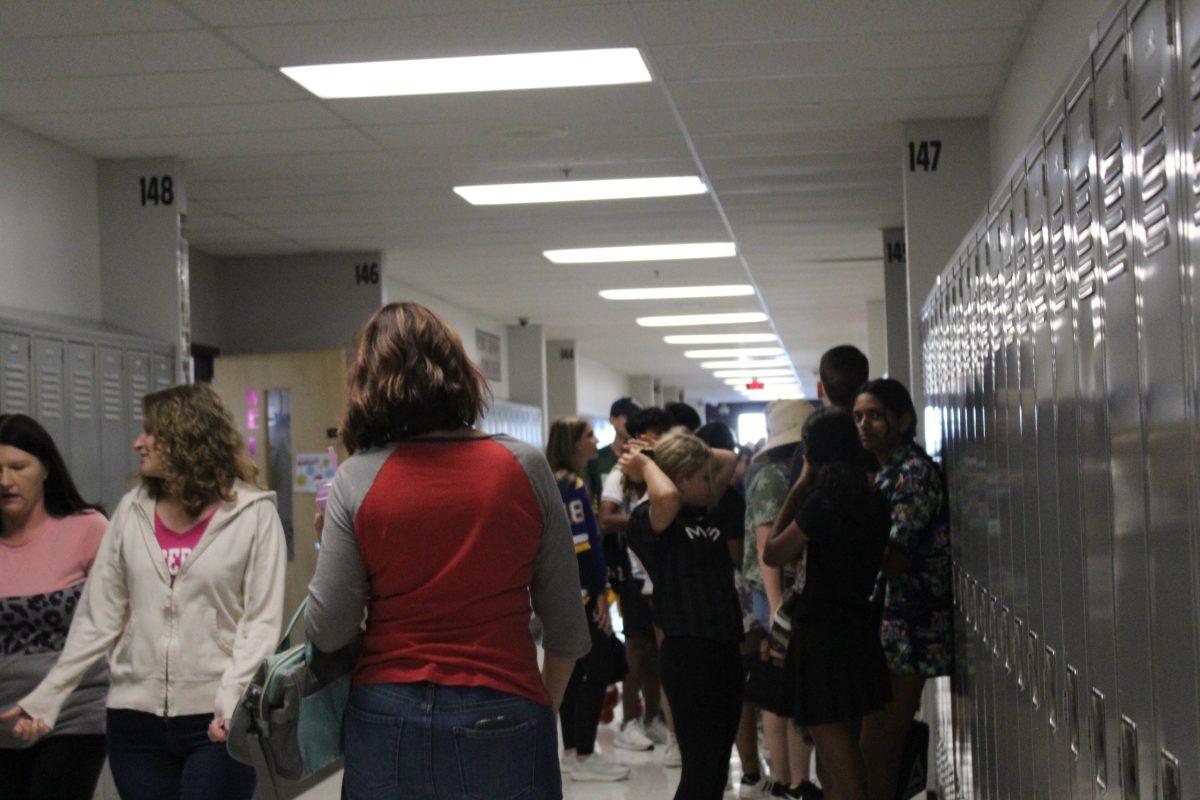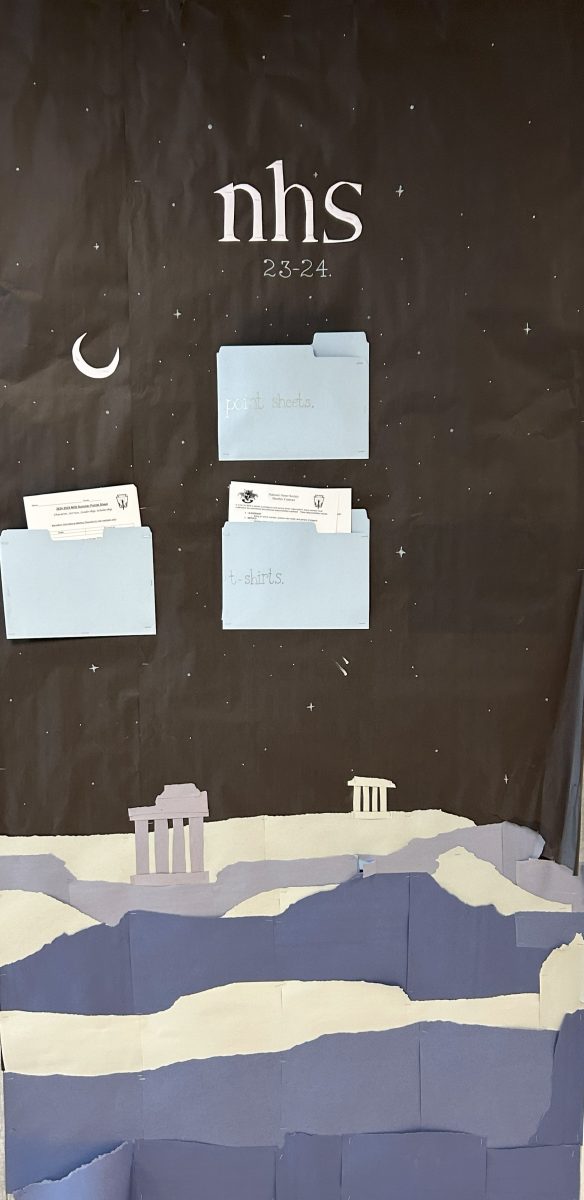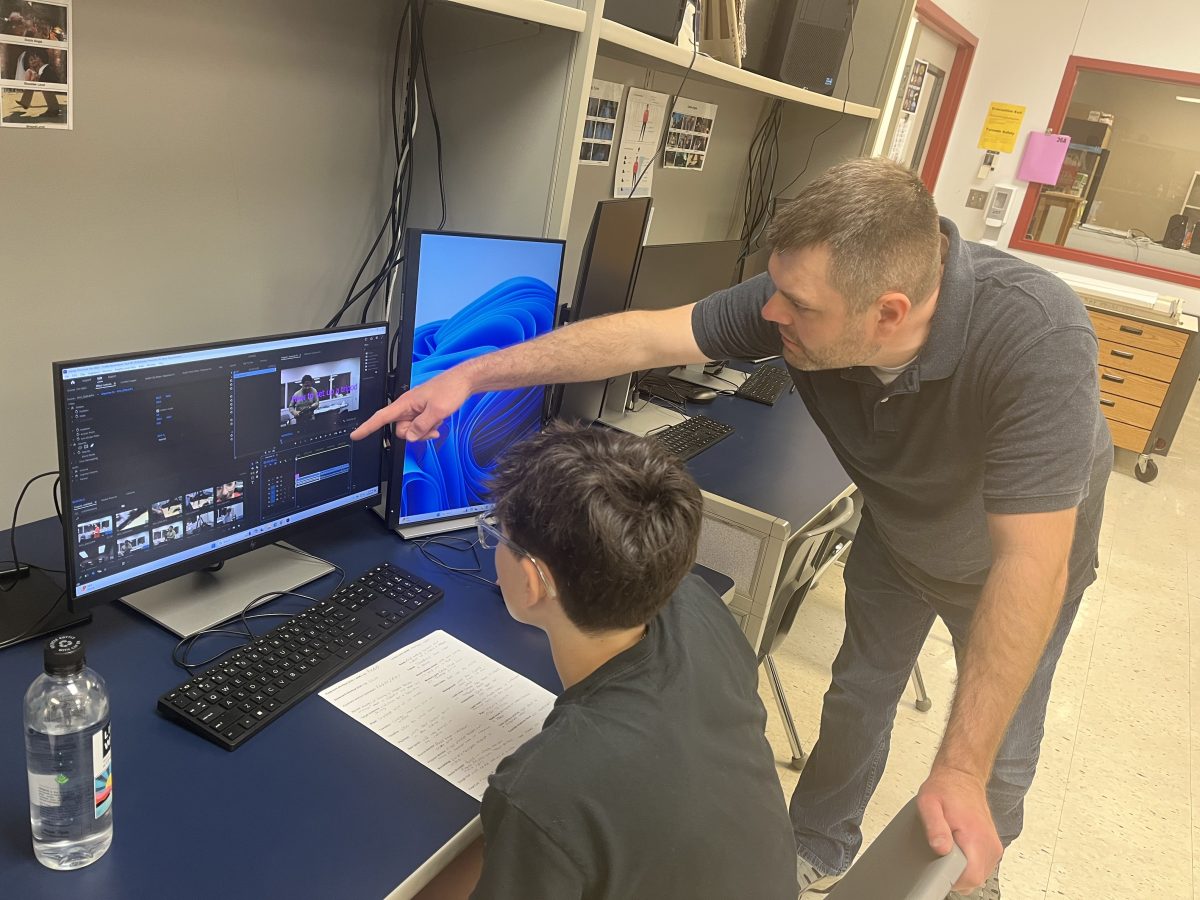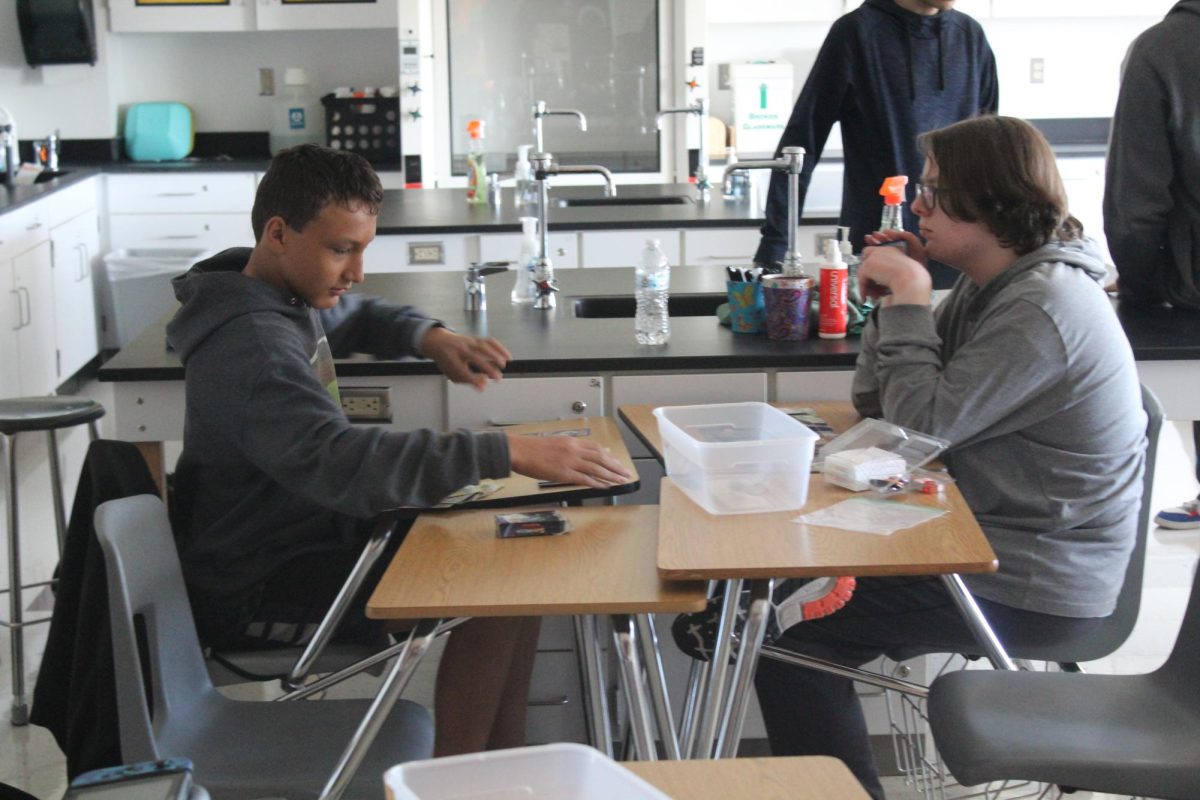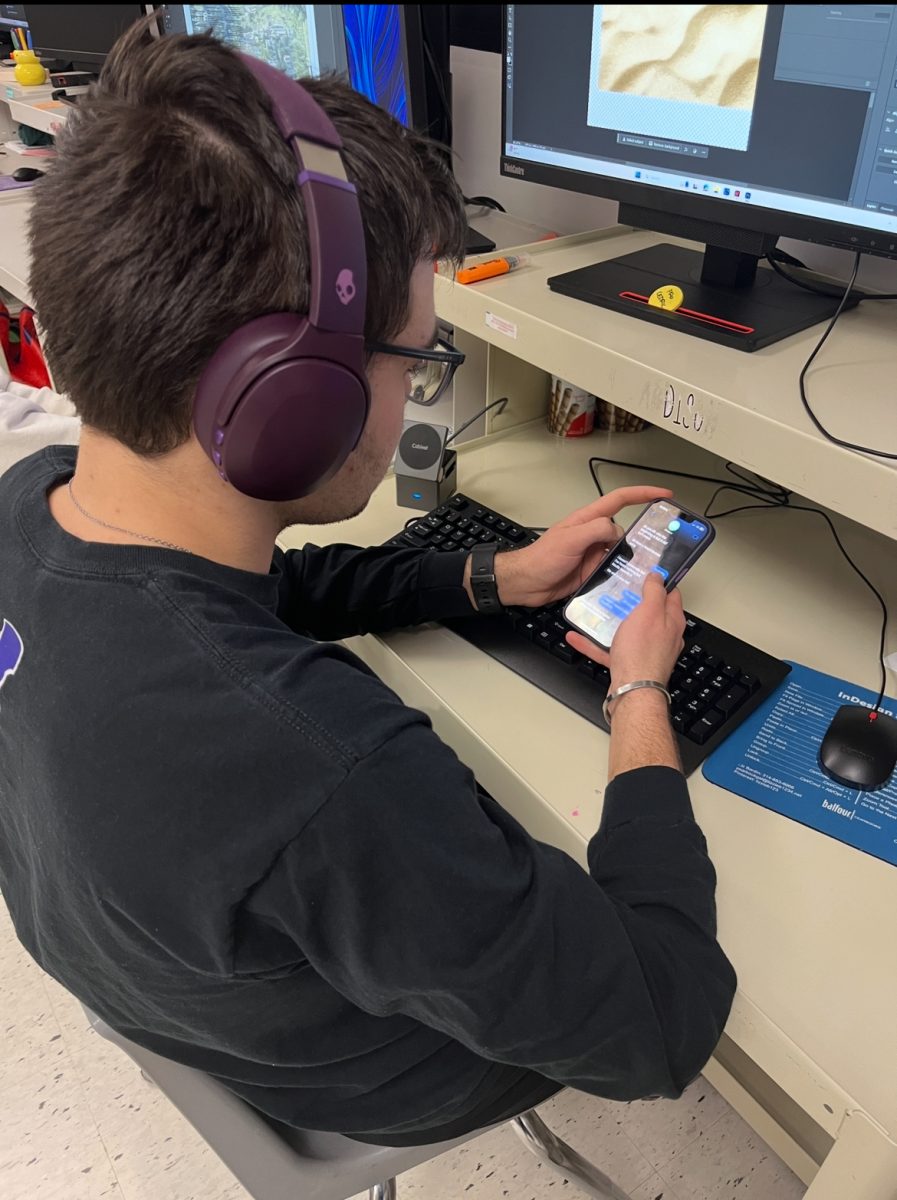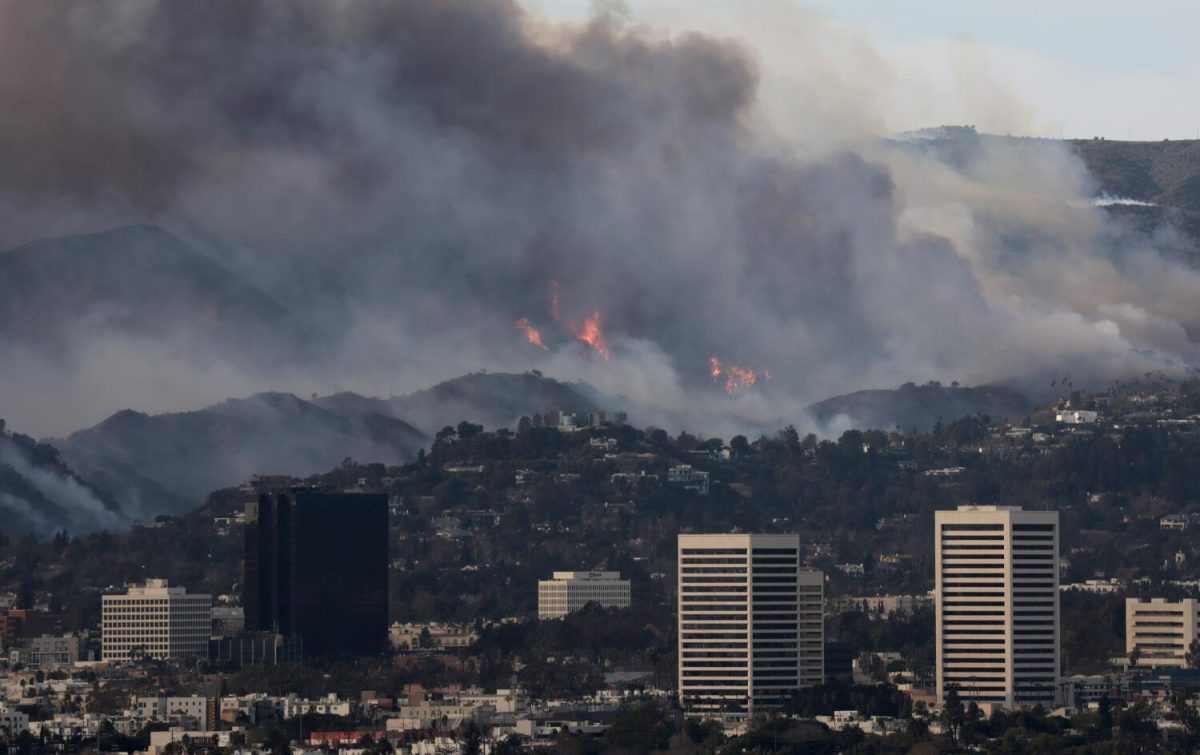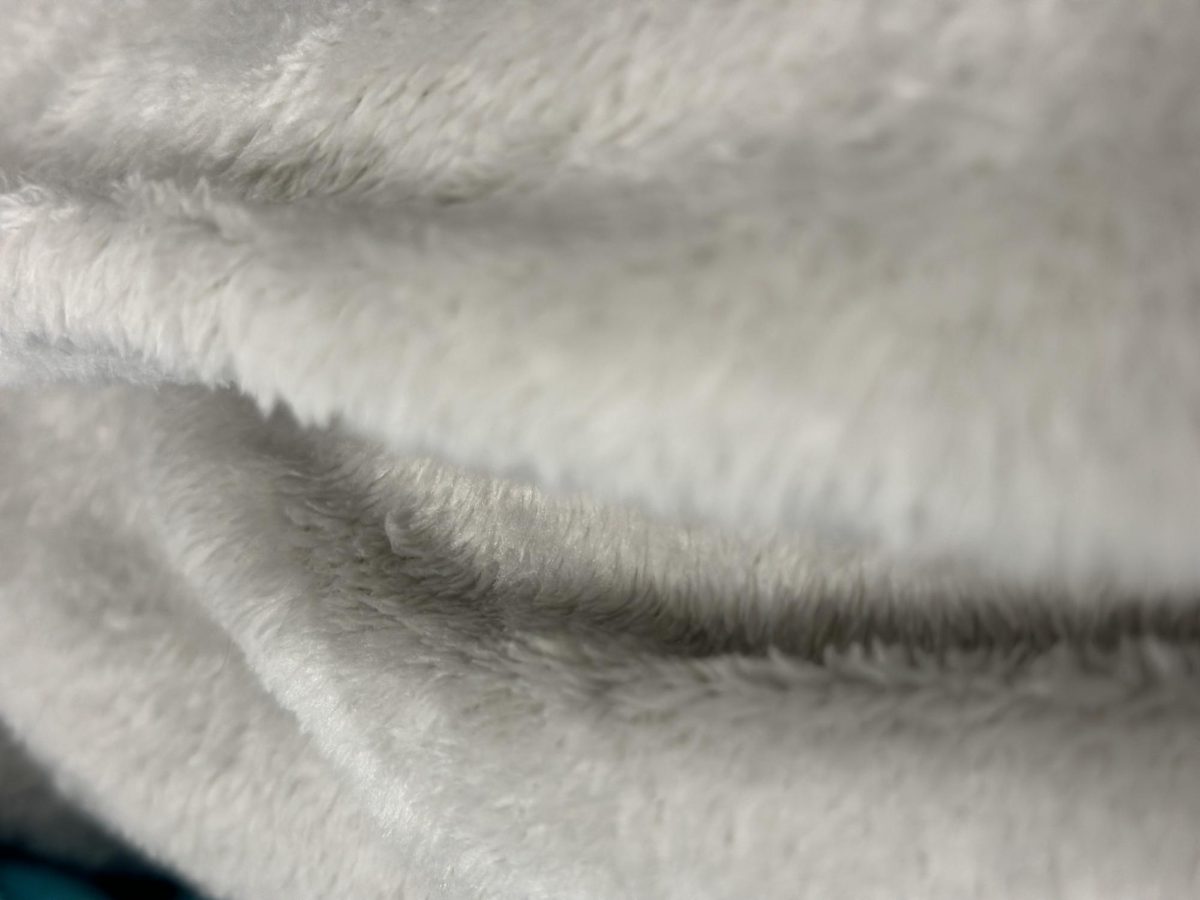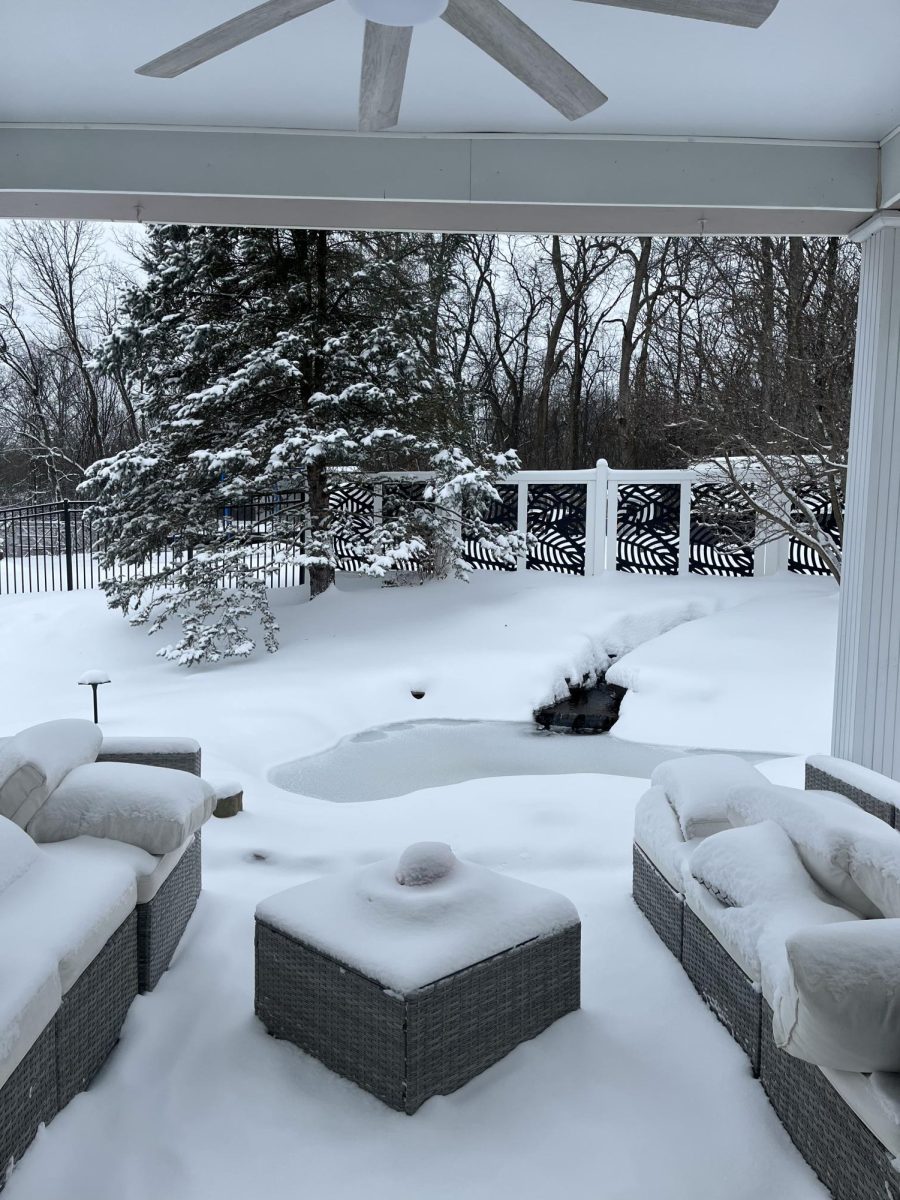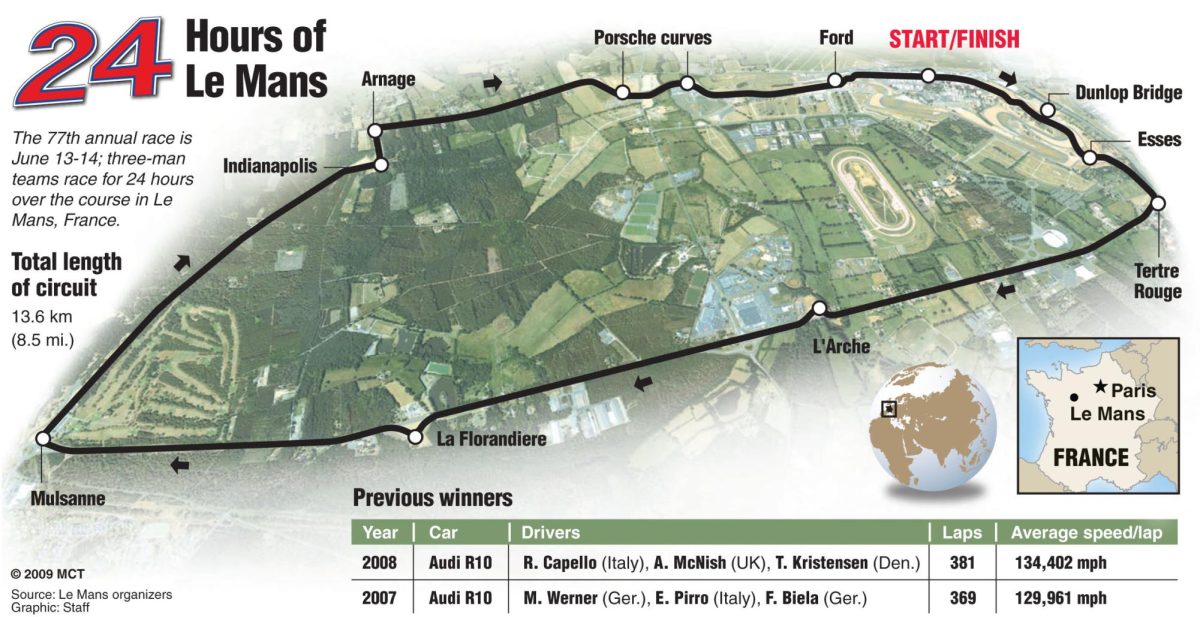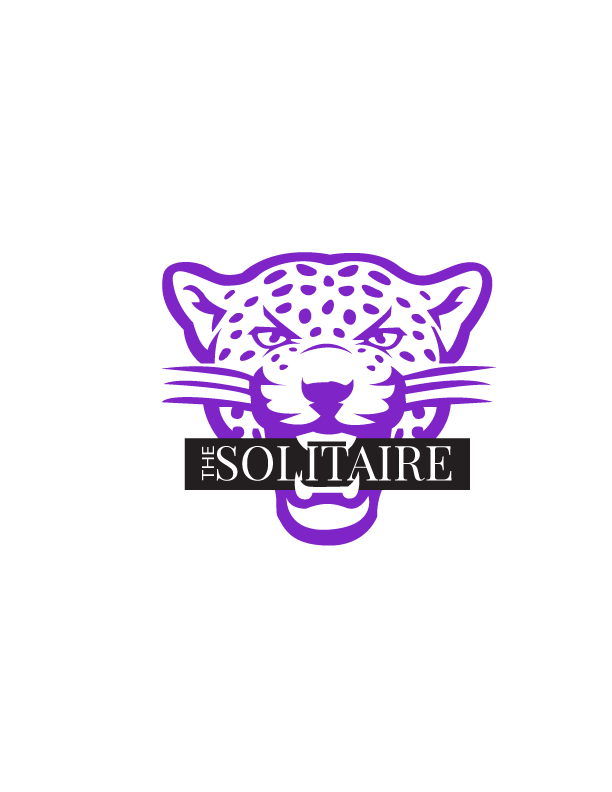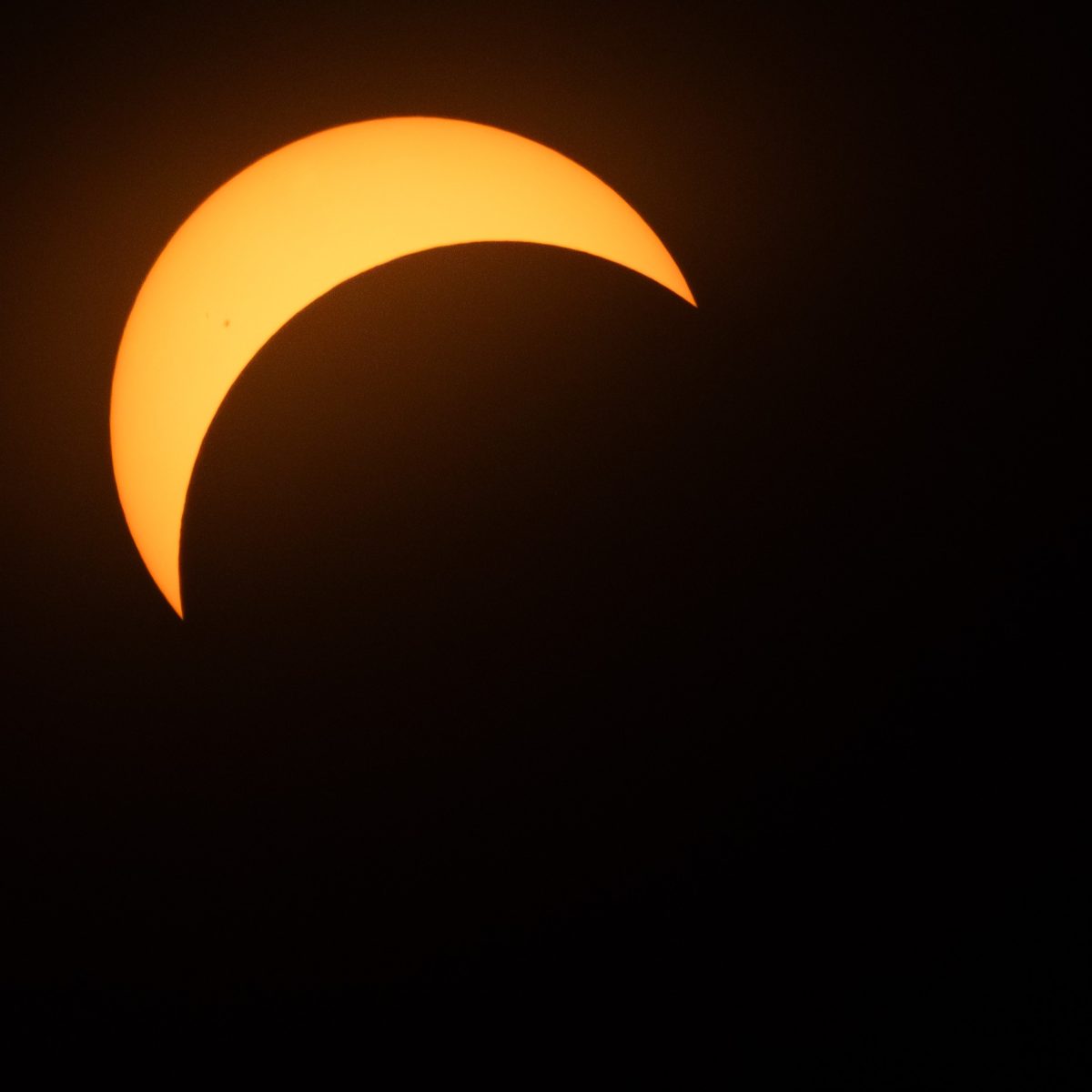In case you overlooked the emails you have been getting from the school, on April 8 during the seventh hour, a solar eclipse occurred across North America. In a solar eclipse, the moon temporarily covers the sun’s rays and casts a shadow across Earth. A solar eclipse happens every 16 months, however the shadow from the moon could be cast anywhere in the world thanks to Earth’s natural tilt and spin, according to esa.int.
While watching an eclipse, it is strongly suggested that the viewers wear eye protection as the moon only covers the sun for a small amount of time. On rare occasions and depending on your location, there are times when the moon completely blocks out the sun. However, it is recommended that you keep your eye protection on at all times as even when the moon covers 99% of the sun, there is still a chance of getting irreversible eye damage, according to dispatch.com.
The part of the eye that retrieves the most damage is the retina. They are the part of the eye that perceives light and therefore receives the most damage upon the observation of the sun and other very bright objects. What is even worse is that there are no pain receptors in your eyes, so it is very easy to cause irreparable damage to the eyes and never know until it is too late, according to dispatch.com.
Eye protection can be found just about anywhere the eclipse is happening. The eye protection usually resembles a pair of sunglasses; it is also made out of a similar material to cardboard. Similar to the vintage 3-D glasses from the 50s, the blue and red lenses are now replaced with heavily darkened lenses. These glasses make sure you can safely view the eclipse without your retinas being burnt.
Upon purchasing a pair of glasses for this astronomical event, one must check the labeling closely to make sure that the American Astronomical Society approves the products. While also going with the ISO (International Organization for Standardization) 12312-2 standard, The ISO 12312-2 standard is a certification that solar eclipse glasses must have for your eyes to be protected from the sun’s radiation, according to cbsnews.com.
The next solar eclipse to go across North America will not be until 2044 or 2045. In 2044, the eclipse will start in Greenland and then go across Canada, ending in Montana, North Dakota and South Dakota. The eclipse that happens in 2045 is just like the one in 2017 with the total eclipse pathway going from California to Florida. This timing between eclipses that go across America is appropriately timed as the one that came before the eclipse in 2017 happened in 1979, with almost four decades between the two.

